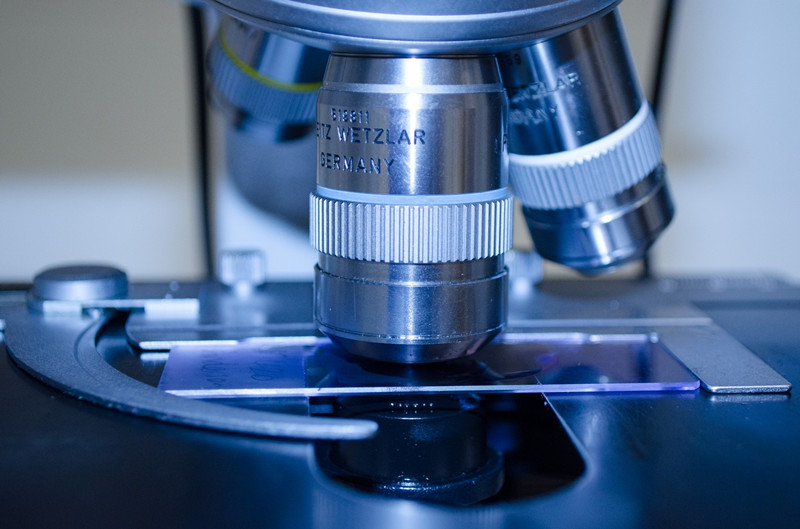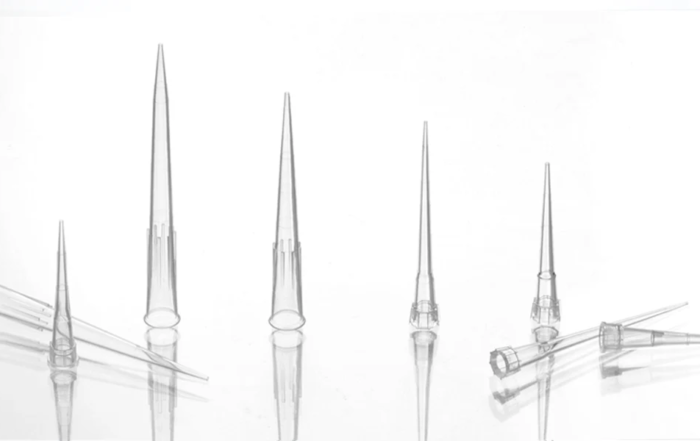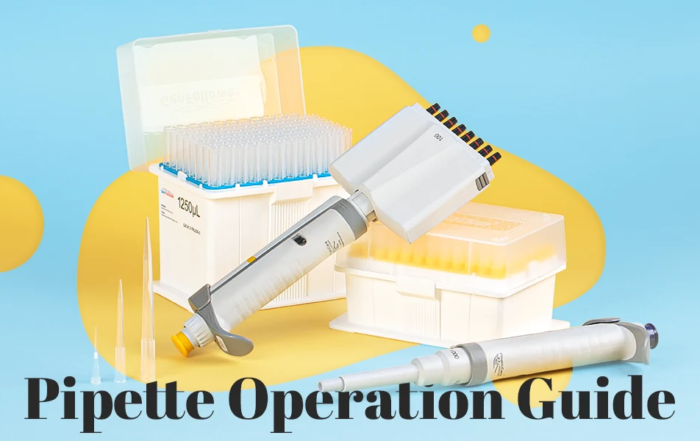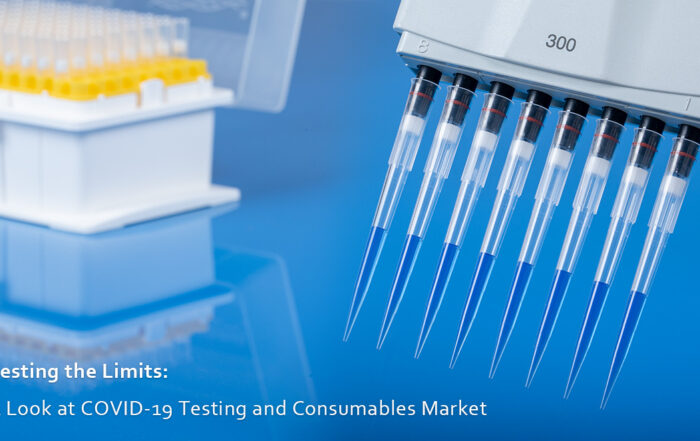Table of Content

The formidable combination of biology and technology has changed the way patients are being diagnosed and treated to a great extent. Leaders in the medical domain worldwide are working tirelessly to develop innovative biotech wonders that have the potential to beat serious ailments, improve, extend, and even restore our life, as well as resolve epidemics and other health crises around the world.
This post highlights a few biotech breakthroughs that are transforming the healthcare arena.
1. Artificial Embryos from Stem Cells
An early-stage artificial embryo was recently developed by a group of Dutch embryologists to understand why pregnancies fail at the implantation stage. This feat was achieved by using two types of stem cells from mice, instead of eggs and sperm.
The embryo was created in a dish and later transferred to a mouse’s uterus, thereby leading to a pregnancy like a natural one. According to experts, studying this process in detail can help improve fertility in humans.
While this project has raised several ethical concerns, its success can lead to better-quality contraceptives and deter infertility. It can also help researchers understand the reasons behind abnormalities in a developing embryo.
Whether or not the implications of this study can be replicated in humans is yet to be seen. However, Dr. Dusko Ilic, a stem cell expert at King’s College London, says: “This is the first time that scientists have been able to shed a light on the molecular mechanisms of implantation and these findings may help us to understand more about some aspects of infertility and improve outcomes of assisted reproduction.”
2. Nanotechnology to Personalize Medicine
Including nanotechnology in the field of medicine and pharmaceuticals has resulted in some stellar outcomes in that it is an incredible leap towards the development of personalized medicines. Instead of using generic medicines to treat patients, nanomedicine enables healthcare providers to decipher the unique molecular buildup of the patient and offer targeted drug administration.
Patients of oncology are already reaping the benefits of nanodrugs. Healthcare providers and institutes are treating brain, lung, and ovarian tumors by harnessing nano-carriers, which carry chemotherapy drugs straight to the tumor without affecting the healthy organs.
The good news is that the global nanotechnology drug delivery systems market is estimated to rise from a valuation of US$4.1 billion in 2014 to US$11.9 billion by 2023.
3. 3D Visualization and Augmented Reality for Surgery
Undergoing and recovering from reconstructive surgery can take a toll on the human body. Fortunately, the use of biotechnology in medicine can make things easier by enabling doctors to examine full-fledged 3D images of the inside of the patient’s body with the help of CT and MRI scans.
This technology enables surgeons to project every bodily organ as precisely as possible and make highly targeted incisions to abate trauma to the patient. Moreover, augmented reality enables the display of the relevant patient data which can be overlaid over the body part being treated.
A team of researchers at Imperial College London at St Mary’s Hospital has shown how surgeons can use Microsoft HoloLens headsets when performing reconstructive lower limb surgery. The team says that their approach can help surgeons locate and reconnect vital blood vessels during reconstructive surgery, thereby enhancing outcomes for patients.
4. Stem Cell Therapy to Restore Eyesight
With stem cell procedures and therapies continuing to develop, a small-scale trial has further bolstered hope for those battling degenerative eye disorders. Patients suffering from age-related muscular degeneration (AMD) can particularly benefit from this therapy.
AMD results in deteriorated central vision, which makes it extremely difficult for the patient to focus on text or objects, and recognize colors and faces. While thousands of people lose their eyesight to AMD every year, two trial patients have claimed that their eyesight has been restored, thanks to stem cell treatment.
New macular cells were grown from embryonic stem cells (these can grow as any type of tissue in the body) and attached to a plastic scaffold patch to redevelop the structure of the human eye. This patch was then inserted into the eye in place of the unhealthy macular cells.
These early findings are positive indicators of the safety of the treatment even though the results have been studied in a small number of patients. However, they give rise to the hope of being effective in treating other diseases causing blindness as well.
5. Minimally Invasive Heart Surgery
Harvard University’s Office of Technology Development and HoliStick Medical are together creating a surgical device that promises to be minimally invasive. Both organizations are of the opinion that this device “could fundamentally transform the way doctors correct organ defects.”
It is being said that this device could be a boon for patients with conditions such as a hole in the heart. It has the potential to provide long-lasting treatment without bringing the risks and complications of invasive surgery into the picture.
Holes in the heart and tissue disorders in other parts of the body, even in the hard-to-reach organs, will be treated using this specialized catheter device and deployable soft structures such as patches, eliminating the need for hard tools and sutures.
For now, it’s a matter of the device making it through the necessary inspections and becoming available for minimally invasive surgeries (and hence, reduced recovery time) to become a reality.
Conclusion
A lot of incredible innovations are taking place in the field of biotechnology, which have disrupted industries across the globe. Healthcare and medicine are no different. The above breakthroughs signal to a better future for those ailing from diseases and health conditions that were once thought to be hopeless.
From using 3D visualizations and augmented reality to employing stem cells in treatment procedures, patients and healthcare providers can look forward to the most advanced and life-changing healthcare facilities and outcomes in the years to come.
Our Popular Products:
The Ultimate Guide to Pipette Tips
Welcome to the Ultimate Guide to Pipette Tips—your comprehensive resource for everything you need to know about these indispensable laboratory tools! Whether you're new to the lab or a seasoned scientist, understanding pipette tips [...]
Beginner’s Guide: How to Use a Pipette Correctly
Beginner's Guide: How to Use a Pipette Correctly Whether you're preparing reagents or conducting various experiments, pipettes are indispensable in the lab. However, many beginners often feel confused when using them, sometimes [...]
Testing the Limits: A Look at COVID-19 Testing and Consumables Market
The COVID-19 pandemic has drastically impacted every aspect of our lives, from the way we socialize and work to how we travel and shop. At the center of the health crisis is the [...]


